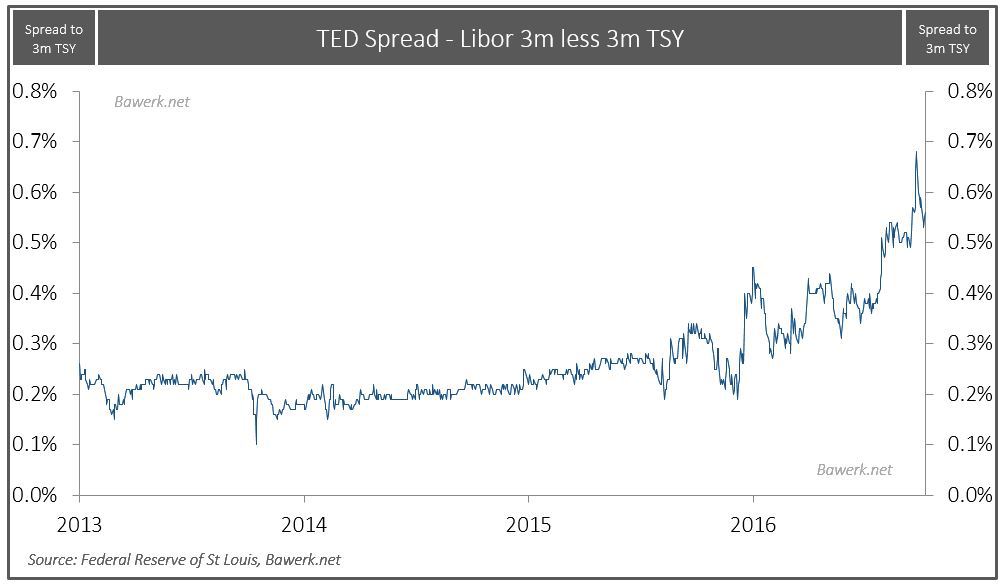The world has come a long way since the heady days before the Great Depression of the 1930s. Technology, for one thing, has meant vast changes to our way of life and indeed to significant improvements in our economic productivity. Indeed, it is sometimes argued that these technological advances now make us depression-proof.
Of course, the same line of reasoning – vast improvements in technology over successive decades making the world immune to massive slumps – could have been made before the 1930s. Yet a more careful analysis would reveal that the real issue in examining whether economies are prone to significant downturns are not related to technology but rather to the allocation or misallocation of resources.
The employment of resources contrary to the wishes of individuals in the market place leads to what we commonly call a loss. One of the major factors contributing to such misdirection and losses is the falsification of price signals consequent upon the loose monetary policies of central banks, amplified by the lending policies of the commercial banks.
Persistent falsification of price signals leads over time to a production structure that, although very sophisticated technologically, is nevertheless in defiance of the wishes of consumers and highly vulnerable to what economists like to call “shocks”.
Consequently, when central banks reverse their monetary pumping (indeed one of the nastiest of “shocks”) and many activities that had arisen based on false price signals begin to contract, a movement back towards a less distorted production structure begins and therewith comes a retrenchment of these “artificial” economic activities.
This liquidation of artificial structures is what recession or depression is actually achieving. This is not to impart some normative status to such contractions but rather to explain what is actually happening.
The severity of a recession varies in direct proportion to the magnitude of the misallocation of resources occasioned by the activities of the central and commercial banks.
Further, it is not technological innovation as such that increase people’s living standards but rather an increase in capital goods per capita. This in turn is determined by the allocation of real wealth towards the expansion and the enhancement of various items of plant and equipment.
This new plant and equipment will embody new technology. Again, it is the allocation of real wealth towards the formation of new tools and machinery, which is the key to the expansion in the pool of real wealth – the increase in people’s living standards.
If the limiting factor, as far as economic growth is concerned, were technological know-how then most third world economies could resolve their economic difficulties quite easily by adopting the latest western technology using their developing skills base.
The main reason this has not occurred is not the lack of knowledge of the latest technology but rather the scarcity of real wealth to fund the infrastructure necessary to be able to absorb and deploy such sophisticated plant and equipment.
Yet, in order to expand real wealth production one needs investment in infrastructure, plant and equipment, but the latter investment can only take place when there is sufficient real wealth to begin with – a rather unfortunate vicious circle.

